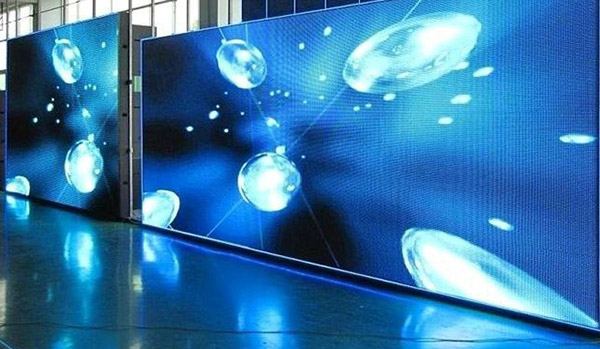Maximizing Visual Effect Through Tactical Content Scheduling in LED Display Performance
Wiki Article
Enhancing visual impact throughout light-emitting diode wall shows requires meticulous planning plus strategic content scheduling. Light-emitting diode walls are potent instruments for visual narration, frequently used in concerts, events, and presentations. The effectiveness of these displays depends not only on the caliber of the visuals yet additionally upon how and when they are presented. By comprehending the viewers' focus span and the rhythm of the occasion, organizers can craft a more engaging experience that enthralls spectators plus improves the total show.
One crucial element of tactical visual scheduling is timing. It is essential to synchronize the images to the beat and pace of the performance. For instance, during a music performance, visuals should complement the rhythm and atmosphere of the melody. This alignment aids to create a unified encounter that pulls the viewers closer. Additionally, it is important to consider the duration of each visual clip. Brief, striking clips can maintain audience interest, while extended images may be appropriate for instances of contemplation or sentimental bonding. By altering the duration and intensity of the images, event planners can keep the viewers interested throughout the performance.

Another crucial factor is the material in question. The images displayed on the light-emitting diode screen should be relevant to the theme of the performance. This relevance helps to reinforce the narrative being communicated plus renders the experience more memorable for the audience. For instance, if the performance is about ecological consciousness, using visuals that depict nature and wildlife can amplify the narrative. Furthermore, adding lively features, such as animations or interactive graphics, can add thrill and maintain the audience's attention. The right content, shown at the appropriate moment, can considerably enhance the impact of the performance.
Audience engagement is also a crucial consideration in content scheduling. Understanding the demographics and preferences of the viewers can inform the choice of images. For instance, led wall content library a youthful crowd may react better to bright hues and quick motion graphics, while an mature crowd might value more nuanced and sophisticated images. By customizing the material to the viewers' preferences, event planners can create a more personalized experience that resonates with viewers. Additionally, incorporating audience participation, such as live polls or social engagements, can additionally improve involvement and render the performance more engaging.
Finally, assessing the effectiveness of the visual timing is essential for future shows. Gathering feedback from the audience can provide insightful information into what was effective successfully and what could be improved. This information can assist organizers refine their strategies and take knowledgeable choices for future performances. By constantly assessing and modifying the visual scheduling approach, organizers can maximize the visual effect of LED wall shows plus craft memorable experiences for their audiences.